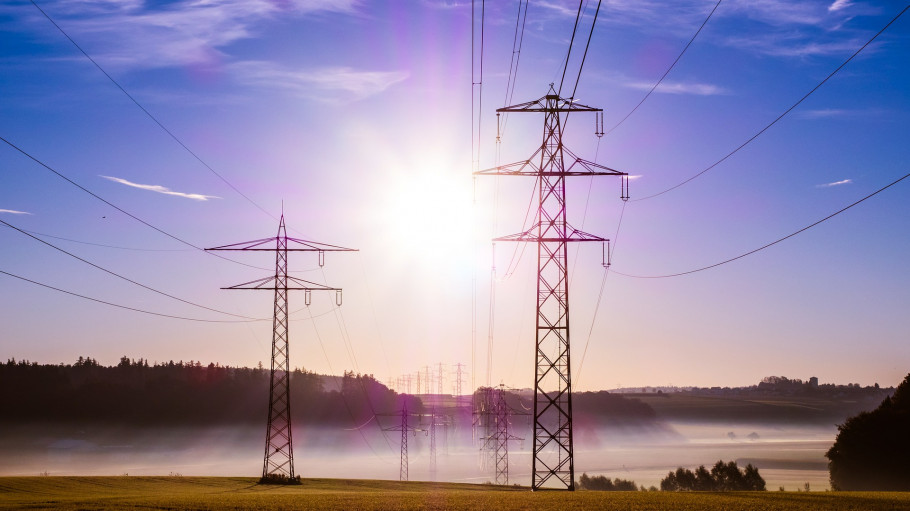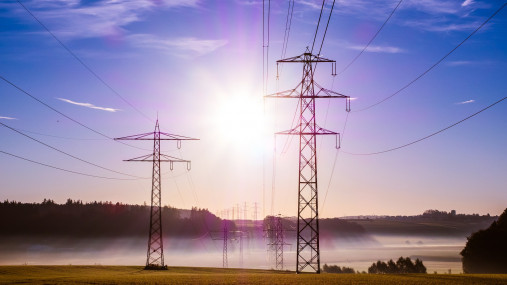
Press releases » Launch of EU hydrogen strategy paves the way for ‘green steel’
Launch of EU hydrogen strategy paves the way for ‘green steel’
Downloads and links
Recent updates

Brussels, 08 July 2020 – The European Commission has today launched its ‘Hydrogen strategy for a climate-neutral Europe’, which sets out a plan to establish an integrated hydrogen energy network in Europe by 2050. As a major potential user of clean hydrogen, the European steel industry has welcomed the launch of the strategy.
“Clean energy at competitive prices is key to achieving the steel industry’s low-carbon goals. The transition to carbon-lean steelmaking will require 400 terawatt hours of CO2-free electricity per year” said Axel Eggert, Director General of the European Steel Association (EUROFER). “Of this, nearly 250 terawatt hours is needed for the production of 5.5 million tonnes of hydrogen, which would be used in new processes to make ‘green’ steel. With this, around 5% of the EU’s total CO2 emissions could be avoided”.
“The benefits to society from the availability of hydrogen and green industrial products, such as green steel, are huge – so Europe needs to strive to make the energy transition as quickly and comprehensively as possible”, added Mr Eggert.
The phased approach of the hydrogen strategy sets out a roadmap for the roll-out of hydrogen infrastructure on a progressively larger scale. This will build a hydrogen economy that will bolster Europe’s climate leadership and help European industry lead the way to carbon-neutrality.
“The hydrogen strategy is an important supporting part of the EU’s Green Deal agenda”, added Mr Eggert. “It must, however, form part of a wider strategy, encompassing not only the wider energy policy of the Union, but also the support for industries that use this energy so that they stay globally competitive during and beyond the transition. It must also encompass technology neutrality for the production of clean hydrogen, as well as the utilisation of CO2 to produce carbon feedstock needed in sectors such as the chemicals industry”.
Steel produced using new hydrogen and clean-energy based methods will be 80-95% less CO2-intensive by 2050 than they are today, but will also cost significantly more to produce. However, the environmental benefits are large. Using hydrogen in steel plants will create notable regional synergies. Other industrial sectors, SMEs and municipalities could connect to the hydrogen network born out of the large-scale demand created in the steel industry, fostering new opportunities and jobs.
“We need policymakers to ensure there is a market for ‘green steel’ and other such low-carbon industrial products. Only in making the low-carbon transition a success across the economy can we harness the EU’s leadership. The benefits to European society of this endeavour will be vast – if the whole transition can be tied together and invested in sustainably”, emphasised Mr Eggert.
EUROFER has put forth a proposal for a Green Deal on Steel to encompass the various challenges specific to the steel sector and those with synergistic links to it.
“We believe that a framework for the successful low-carbon transition in the European steel industry could be a flagship for the implementation of the wider Green Deal agenda”, concluded Mr Eggert. “We welcome the adoption of a hydrogen strategy and stand by to support it and the deployment of the hydrogen infrastructure”.
Contact
Charles de Lusignan, Spokesperson and head of communications, +32 2 738 79 35, (charles@eurofer.be)
About the European Steel Association (EUROFER)
EUROFER AISBL is located in Brussels and was founded in 1976. It represents the entirety of steel production in the European Union. EUROFER members are steel companies and national steel federations throughout the EU. The major steel companies and national steel federations in Switzerland and Turkey are associate members.
The European Steel Association is recorded in the EU transparency register: 93038071152-83.
About the European steel industry
The European steel industry is a world leader in innovation and environmental sustainability. It has a turnover of around €170 billion and directly employs 330,000 highly-skilled people, producing on average 160 million tonnes of steel per year. More than 500 steel production sites across 22 EU Member States provide direct and indirect employment to millions more European citizens. Closely integrated with Europe’s manufacturing and construction industries, steel is the backbone for development, growth and employment in Europe.
Steel is the most versatile industrial material in the world. The thousands of different grades and types of steel developed by the industry make the modern world possible. Steel is 100% recyclable and therefore is a fundamental part of the circular economy. As a basic engineering material, steel is also an essential factor in the development and deployment of innovative, CO2-mitigating technologies, improving resource efficiency and fostering sustainable development in Europe.

How global overcapacity is destroying European industries
European Steel in Figures 2025 is EUROFER's statistical handbook, laying out in an easy-to-use format the key statistics and data about the performance and footprint of one of Europe's most important strategic sectors
A snapshot of Europe’s steel industry in motion, with EUROFER at the forefront in a time of policy shifts and global uncertainty